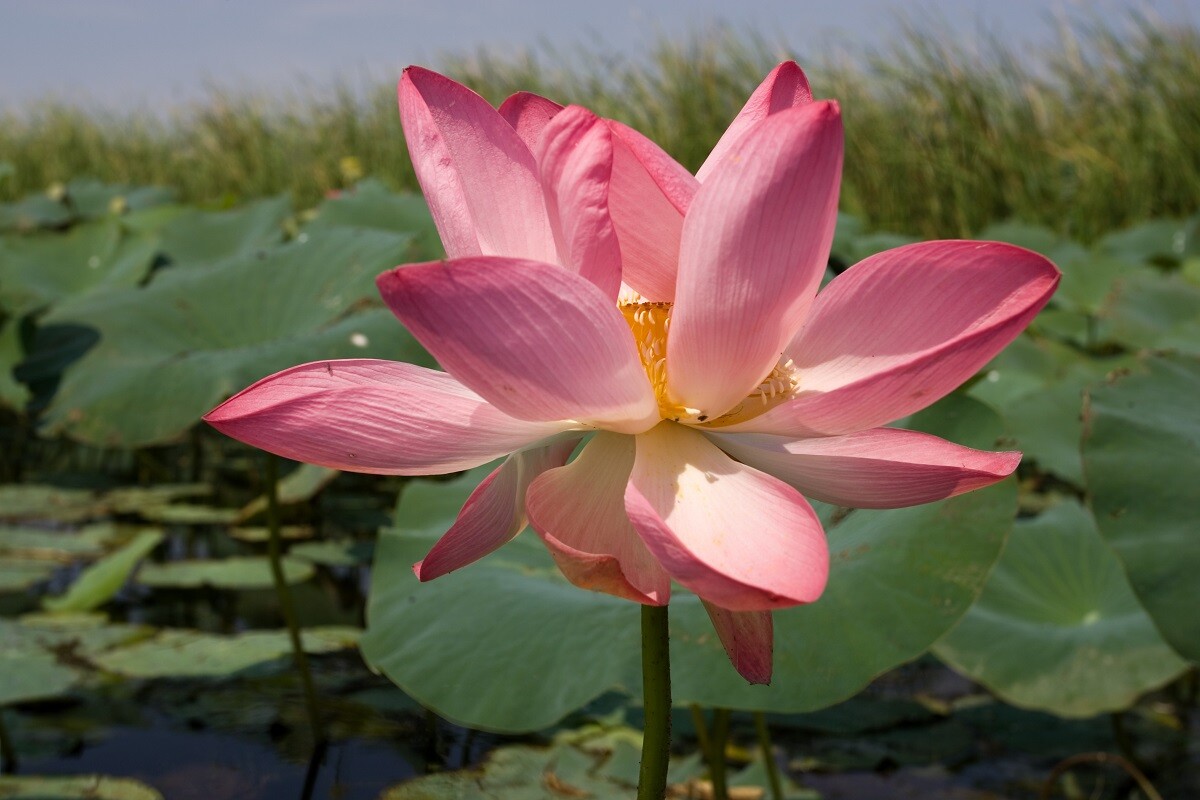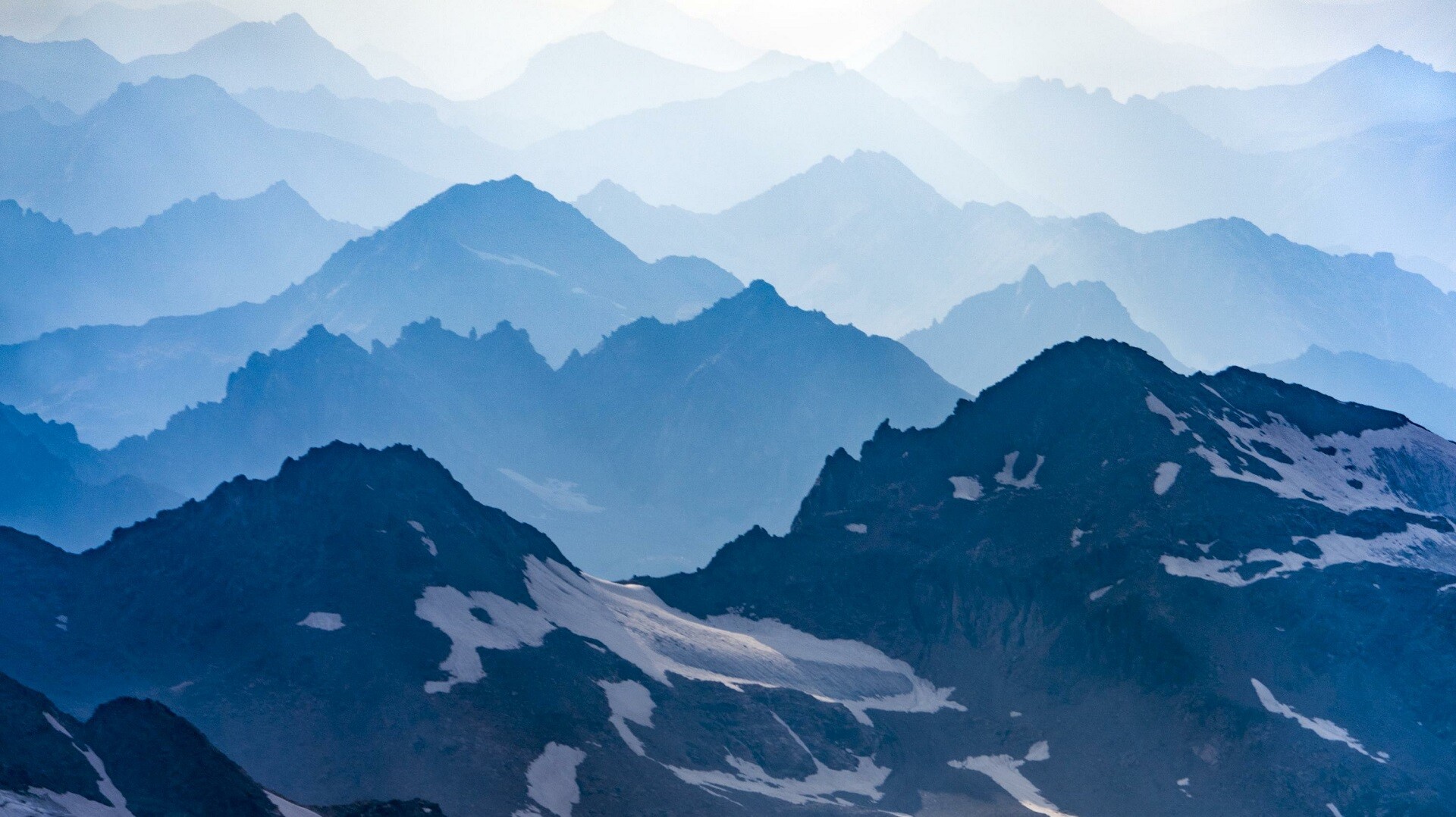
10 most UNUSUAL geographical names on the map of Russia

1. Antibes (‘Anti-devil’)
3,700 km southeast of Moscow

In Kemerovo Region, there is a river bearing this name. What is interesting, is that the villages of Bolshoy (Big) and Maly (Small) Antibes are located on it. Some might be asking: why is the river named after a city in France? But, it’s not. And there is no religious connotation in this toponym either, although the word ‘Antibes’ can be read as anti ‘bes’ (‘devil’). It is believed that it was translated from one of the ancient languages of North-Eastern Siberia as “the river of the Anti tribe”.
2. Priyatnoe Svidanie (‘Pleasant Date’)
1,800 km south of Moscow

This is the case when the name has no second meaning. Everything is clear and understandable: In the middle of the 19th century, there was a tavern on the site of the village, where Russian officers, participants in the Crimean War, once visited. Leaving it, they saw a sign by the roadside with the inscription: “Do priyatnogo svidania!” (“See you soon!”). Gradually, a village formed, to which this name was assigned. True, there is another, romantic version. It is said that Empress Catherine II met her favorite Prince Grigory Potemkin there during her trip to Crimea. But, there is no confirmation of this.
3. Yerofey Pavlovich
7,000 km east of Moscow

Rarely is a settlement addressed so respectfully, by first name and patronymic. This settlement along the Trans-Siberian Railway is such an exception. It was named in honor of its founder, Yerofei Khabarov, an explorer and conqueror of Dauria. As, by the way, is Khabarovsk.
4. Dobrye Pchely (‘Kind Bees’)
221 km southeast of Moscow

In the 16th century, monks of the St. John the Theologian Monastery came to these places in Ryazan Region to collect honey. It was famous for its quality throughout the region, so the local honey was called ‘dobriy’, i.e. ‘good’. According to another version, many were afraid to stay there for the night, fearing that the bees would sting them. But, the guards only laughed, saying that their bees are good bees. In the monastery documents, it was so indicated: “The heathland of Dobrye Pchely”. Over time, a village appeared near the apiary, which, by habit, began to be called the same.
5. Zima (‘Winter’)
4,900 km southeast of Moscow

The city of Irkutsk owes its name to its founders – free Cossacks, who, in the 18th century, organized a wintering ground there, where they could spend the cold season. According to another version, the Buryats called this area ‘zeme’ in their language, which is, the territory where the guilty live.
6. Tyatya (‘Father’)
10,000 km east of Moscow

This word was used in the olden days to address a father affectionately. And it was attached to the volcano in the Kuril Islands, when the name was translated into Russian from the Ainu language. So, ‘Chacha-Napuri’ (‘Father Mountain’) turned into ‘Tyatya’.
7. Afrikanda
1,740 km north-west of Moscow

How does the name ‘Africa’ end up above the Arctic Circle? Apparently, from a lucky pun. Scientist Alexander Fersman said in one of his books that local engineers used to joke on an unusually hot day: “Just like Africa, some kind of Africanda!” So, the name stuck for the village.
8. Fer-Champenoise
1,710 km east of Moscow

In general, Fer-Champenoise is located in the east of France. In 1814, the Allied troops, which included Russian soldiers, defeated Napoleon's army. In 1843, fortresses were founded in the Urals, which were named after European cities. So, Fer-Champenoise, Leipzig and Paris appeared on the map of Russia.
9. Mars
90 km southwest of Moscow

A village in Moscow Region is named after the red planet. Back in the 1920s, on the wave of enthusiasm with the ideas of space exploration, they decided to call it by a new name. Since then, Martians have lived among Russians!
10. Konets Sveta (‘Edge of the World’)
10,000 kilometers east of Moscow

And, in Russia, they also know exactly where the edge of the world is – there is a cape with this name on the east of Shikotan Island.












